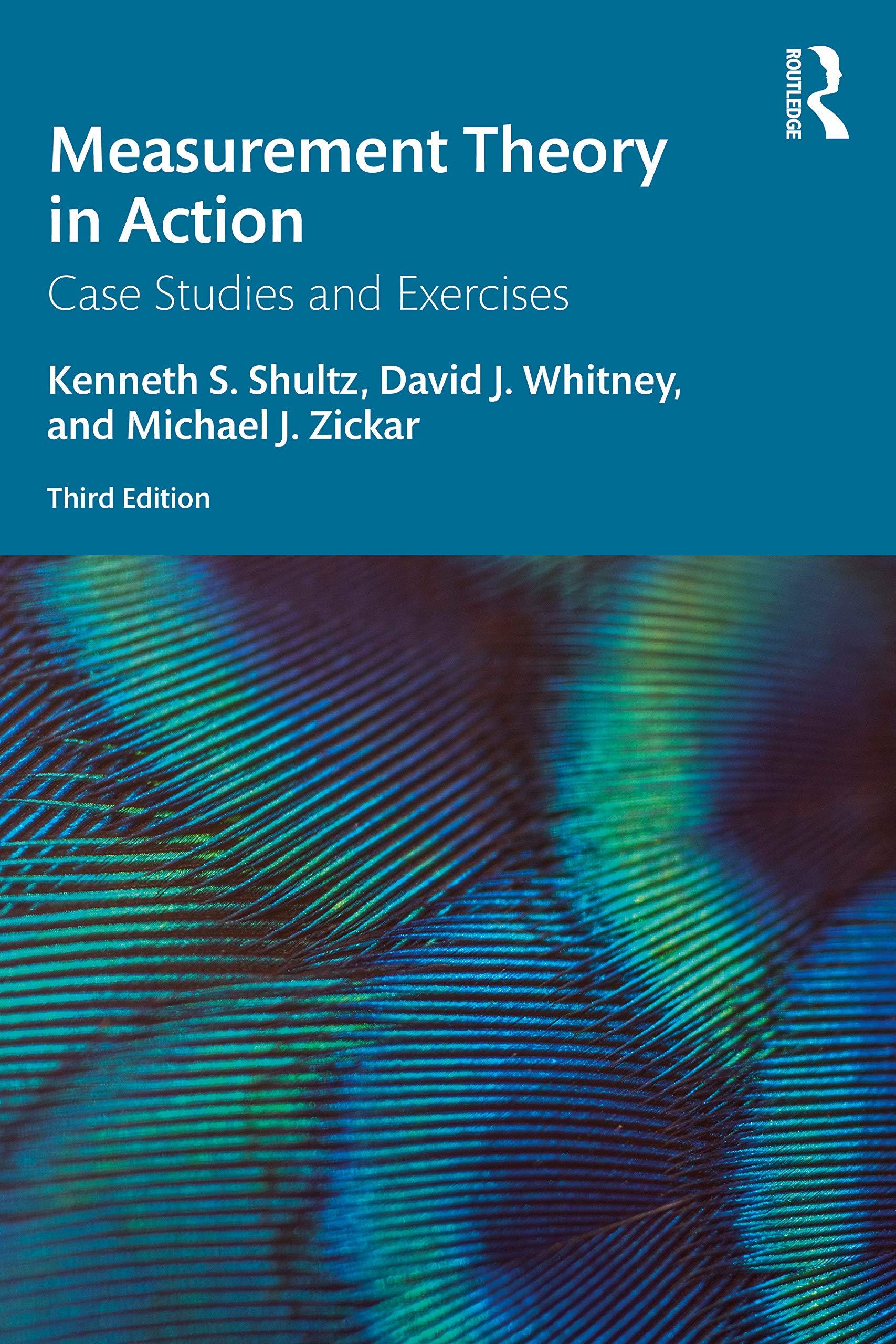Ryan, a first-year PhD student, was teaching his own discussion sections of introductory psychology for the first
Question:
Ryan, a first-year PhD student, was teaching his own discussion sections of introductory psychology for the first time. At Ryan’s university, the introductory psychology class consists of a 200-person lecture taught by a full-time professor in the department and ten 20-person discussion sections taught by first-year graduate students. There are five graduate students who teach two discussion sections each, every term. Every other week, the five discussion leaders for that term are to administer a 25-item quiz on the chapters covered in the lecture and discussion sections during that time frame. On the Monday before the scheduled quiz, the five discussion leaders meet with the professor and agree on the questions to be included in the quiz for that week.
Everything seemed to be going well until Ryan computed the results of the third quiz. He had noticed that students in the morning section had scored pretty much as usual, but that the grades in the afternoon section were rather odd. In particular, while he noticed that the afternoon class average was just slightly higher than the morning section’s grades on the quiz for that week, what seemed really odd was that students in the afternoon section all received almost exactly the same score (i.e., all had a score of 21, 22, or 23). That is, there was basically no variability among the test scores. Figuring the students in the afternoon section probably cheated and somehow got a copy of the quiz from the morning section, Ryan started examining the quizzes more closely. However, to his surprise, he noticed that while everyone had almost the exact same score, different students answered different questions correctly. That is, not everyone answered the same two, three, or four questions wrong. Hence, it didn’t appear that individuals copied off one another. This left Ryan rather perplexed. Unsure of what was going on, Ryan decided he had better check in with the other graduate student teaching assistants and see what they thought.
Questions
1. What alternative explanation (besides cheating) do you think might explain the low variability in the afternoon section?
2. What might Ryan have done differently to reduce the possible “cheating factor”?
3. Would using a correction-for-guessing formula help Ryan in any way? If so, how?
4. Are there other statistical corrections Ryan could institute to correct for the low variability?
5. Is the low variability in test scores really a problem in a classroom situation such as this?
Step by Step Answer:

Measurement Theory In Action
ISBN: 9780367192181
3rd Edition
Authors: Kenneth S Shultz, David Whitney, Michael J Zickar





